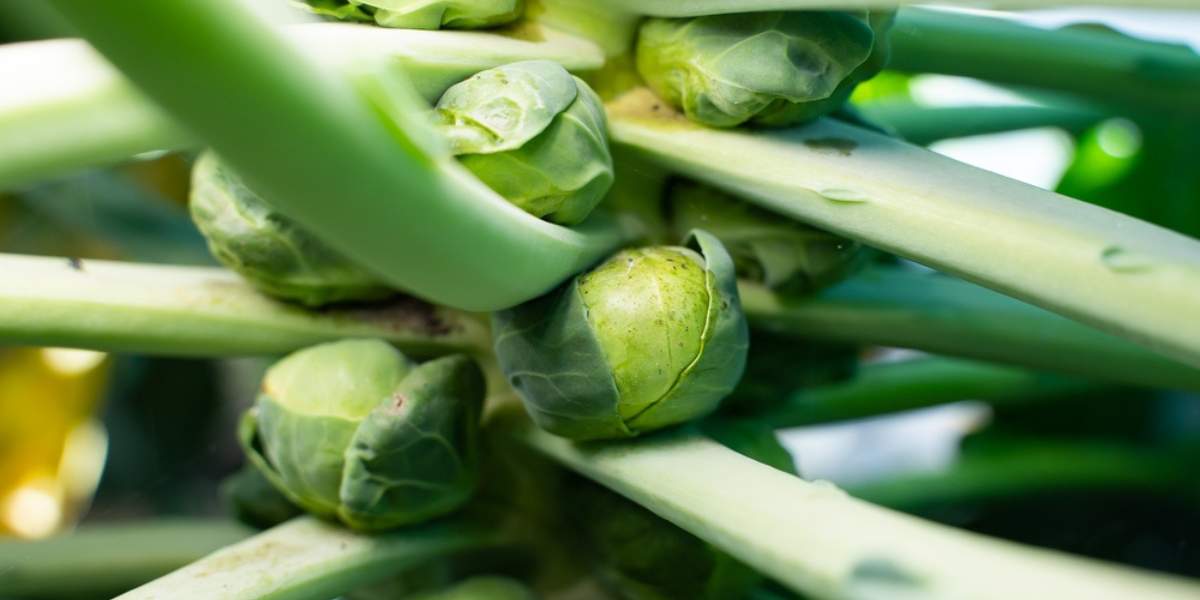Caring for Brussels sprouts is crucial for ensuring a successful and productive harvest.
Follow these guidelines to maintain healthy and thriving Brussels sprout plants:
- Planting Location: Choose a sunny spot with well-draining, fertile soil. Brussels sprouts prefer slightly acidic soil with a pH between 6.0 and 7.5. Ensure the planting area has sufficient space for the plants to grow.
- Watering: Keep the soil consistently moist, especially during dry periods. Avoid overwatering, as it can lead to root rot. Mulching around the plants can help retain soil moisture and suppress weed growth.
- Fertilizing: Incorporate well-rotted compost or aged manure into the soil before planting. Provide additional nitrogen-rich fertilizer as the plants develop to support healthy growth.
- Weeding: Regularly remove weeds around the Brussels sprouts to prevent competition for nutrients and water. Use caution to avoid damaging the shallow roots while weeding.
- Pest and Disease Control: Monitor for common pests such as aphids, cabbage worms, and cabbage loopers. Implement appropriate organic or chemical controls when necessary. Prevent diseases like clubroot and black rot by practicing crop rotation and providing adequate air circulation.
- Staking and Support: Stake or support the plants if they become top-heavy to prevent them from bending or breaking.
- Harvesting: Harvest Brussels sprouts from the bottom of the stalk upward as they reach the desired size, typically 1 to 2 inches in diameter. Start harvesting from the bottom when the lower sprouts are firm and about the size of a walnut. Regularly remove any yellowing or damaged leaves to promote healthy growth.
By following these care instructions, you can enjoy a bountiful harvest of Brussels sprouts.




